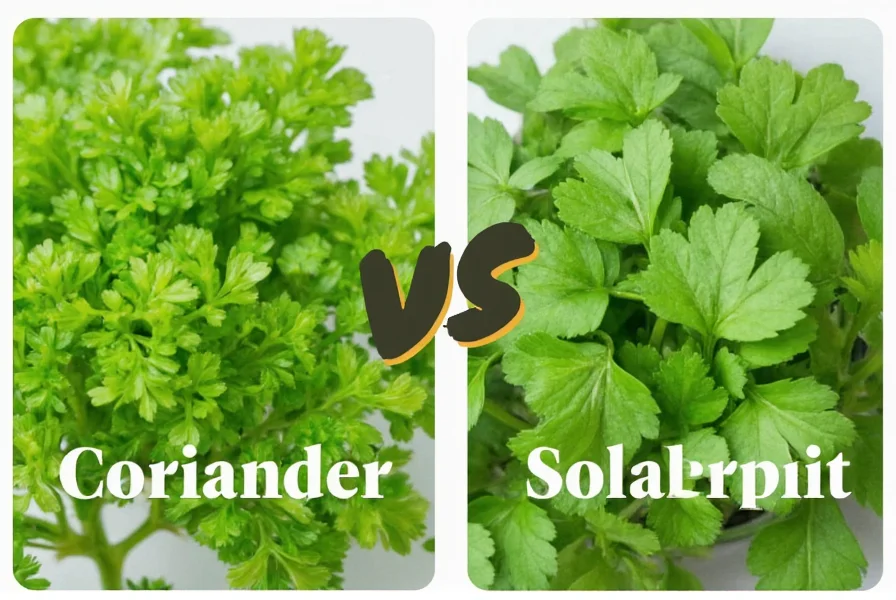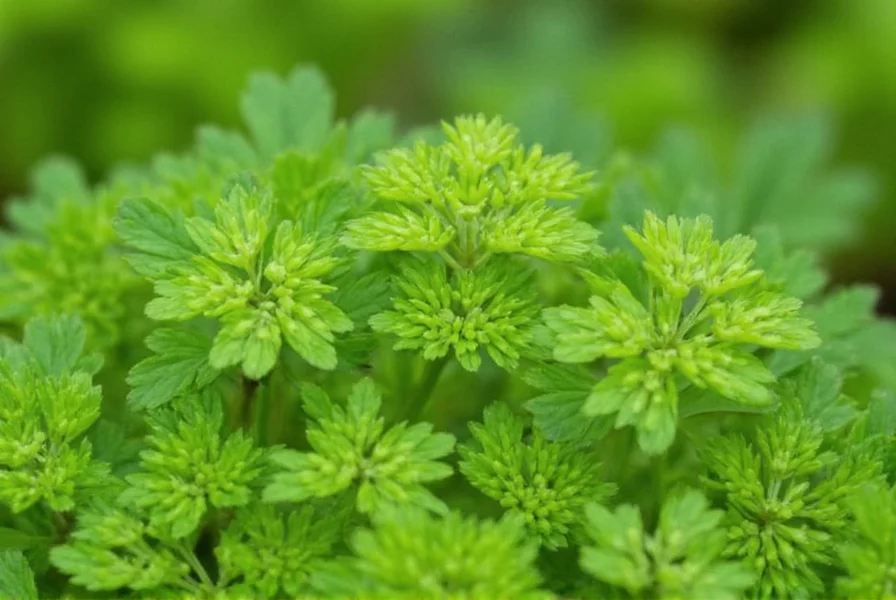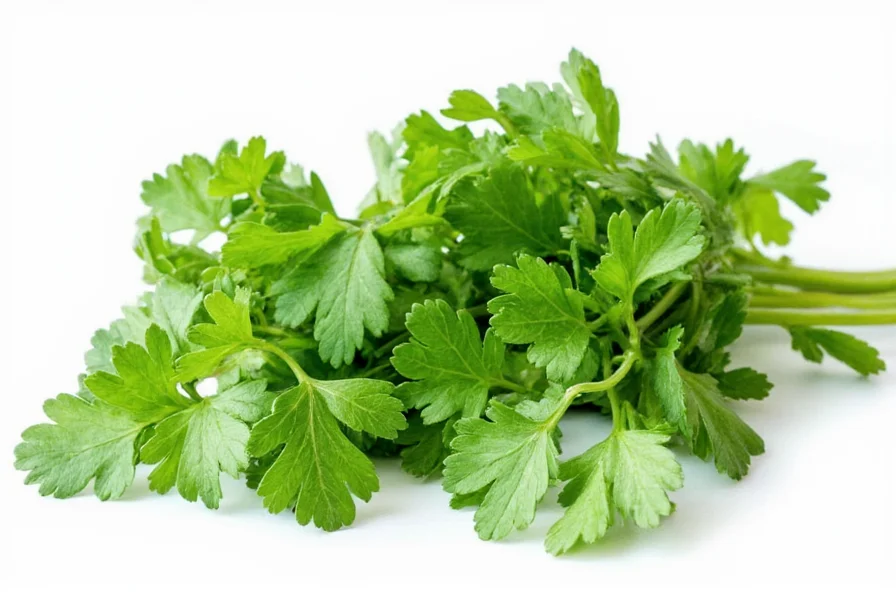The other name for coriander is cilantro. Both terms refer to the same plant species Coriandrum sativum, though regional usage differs: "coriander" typically describes the seeds globally while "cilantro" refers to the fresh leaves in American English.
When exploring culinary herbs, few cause as much confusion as Coriandrum sativum. This versatile plant has been cultivated for over 7,000 years, yet its naming continues to puzzle home cooks and professional chefs alike. Understanding why another name of coriander exists requires examining linguistic evolution and regional culinary traditions.
Botanical Identity and Naming Confusion
Despite common misconceptions, coriander and cilantro aren't different plants—they're different parts of the same herb. The confusion stems from regional language variations:
| Term Used | Refers To | Primary Regions |
|---|---|---|
| Coriander | Entire plant, especially seeds | UK, Europe, Asia, Australia |
| Cilantro | Fresh leaves and stems | United States, Canada, Latin America |
| Chinese parsley | Fresh leaves | Some Asian countries |
The term "cilantro" entered English from Spanish, which derived it from the Greek word koriannon (meaning bedbug, referencing the plant's distinctive scent). Meanwhile, "coriander" comes directly from the French adaptation of the same Greek root.
Regional Naming Variations Explained
When searching for what is another name for coriander, you'll encounter significant regional differences:
- In the United Kingdom and most Commonwealth countries, "coriander" refers to both leaves and seeds
- In American supermarkets, "cilantro" labels the fresh herb while "coriander" appears on spice jars
- Mexican and Latin American markets consistently use "cilantro" for the fresh herb
- Indian recipes often call the fresh leaves "dhania" while seeds remain "coriander"
This linguistic divide explains why many cooks mistakenly believe coriander and cilantro are separate plants. The reality is simple: is coriander the same as cilantro? Yes—they're different names for different parts of one plant.

Practical Culinary Implications
Understanding why is coriander called cilantro in some places matters for recipe accuracy:
When a Mexican recipe calls for cilantro, it means the fresh leaves. If an Indian curry recipe mentions coriander, check context—it could mean fresh leaves (dhania) or ground seeds. The seeds have a warm, citrusy flavor that intensifies when toasted, while fresh leaves offer a bright, citrus-parsley taste that diminishes with cooking.
Chefs working internationally must recognize these naming conventions. A British chef requesting "coriander" in New York might receive seeds instead of leaves, potentially ruining a salsa. This explains the importance of knowing coriander leaf name in different countries for accurate recipe execution.
Scientific Classification Clarification
Botanically, there's no distinction between coriander and cilantro. The International Code of Nomenclature for Cultivated Plants confirms Coriandrum sativum as the sole scientific name. The dual terminology exists purely in culinary and regional language contexts.
Food scientists note that the fresh leaves contain different chemical compounds than mature seeds, explaining their distinct flavors. The leaves contain higher concentrations of (E)-2-decenal (giving the soapy taste some perceive), while seeds develop more linalool (providing warm, spicy notes).

Common Misconceptions Addressed
Several myths persist about this herb's naming:
- Myth: Cilantro is a different plant variety than coriander
Fact: Same plant species—only the harvested part and regional terminology differ - Myth: The name difference indicates quality variation
Fact: Naming reflects regional language preferences, not quality standards - Myth: "Coriander" is the proper botanical term
Fact: Coriandrum sativum is the botanical name; both common terms are equally valid regionally
For cooks seeking authentic international cuisine, recognizing these naming conventions prevents recipe errors. When following a Thai recipe calling for "coriander," understand it likely means fresh leaves, not seeds—a crucial distinction affecting flavor balance.
Global Usage Patterns
The naming divergence follows historical trade routes. Spanish explorers brought the plant to the Americas, popularizing "cilantro" in Latin cultures. British colonists spread "coriander" through their empire, maintaining the French-influenced term. This explains why coriander name variations by country follow colonial linguistic patterns.
Modern globalization has blurred these distinctions somewhat. Many American grocery chains now label fresh herbs as "coriander (cilantro)" to accommodate diverse customer bases. Culinary schools increasingly teach both terms to prepare chefs for international kitchens.
Frequently Asked Questions
Is coriander and cilantro the same plant?
Yes, coriander and cilantro refer to different parts of the same plant (Coriandrum sativum). Cilantro describes the fresh leaves and stems, while coriander typically refers to the dried seeds, though usage varies by region.
Why do Americans call it cilantro instead of coriander?
Americans adopted "cilantro" from Spanish, which derived from the Greek word koriannon. This term specifically refers to the fresh herb, distinguishing it from "coriander" which Americans use for the seeds. This differentiation helps avoid confusion in recipes.
Can I substitute coriander seeds for cilantro in recipes?
No, they have distinctly different flavors and uses. Coriander seeds provide warm, citrusy notes when ground, while fresh cilantro offers bright, herbal flavor. Substituting one for the other will significantly alter a dish's taste profile. For fresh cilantro substitution, try flat-leaf parsley with a squeeze of lime.
What's the difference between coriander leaves and seeds?
Coriander leaves (cilantro) have a fresh, citrus-parsley flavor that diminishes with heat, best added at the end of cooking. Seeds have a warm, nutty-citrus flavor that intensifies when toasted, commonly used in spice blends and curries. They contain different chemical compounds, creating distinct culinary applications.
Why does cilantro taste like soap to some people?
Approximately 21% of people have a genetic variation (OR6A2 gene) that makes them perceive a soapy taste in cilantro. This gene affects how aldehydes in cilantro are processed. The compound (E)-2-decenal, which gives cilantro its distinctive flavor, triggers this soapy perception in genetically predisposed individuals.











 浙公网安备
33010002000092号
浙公网安备
33010002000092号 浙B2-20120091-4
浙B2-20120091-4